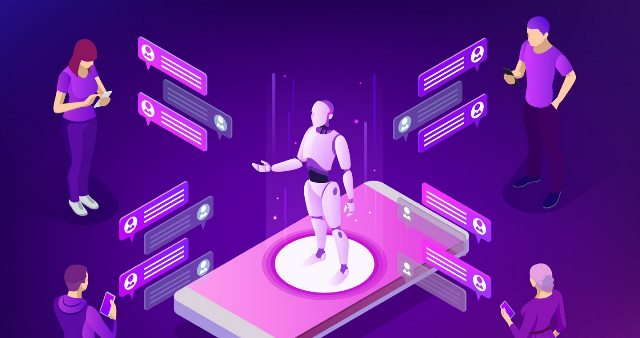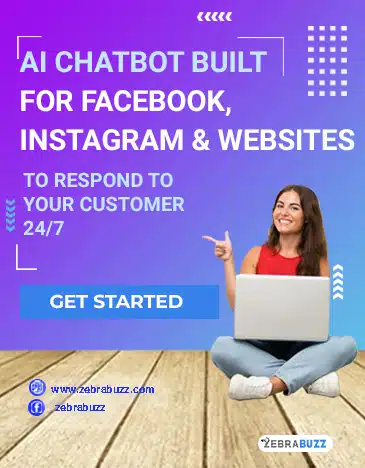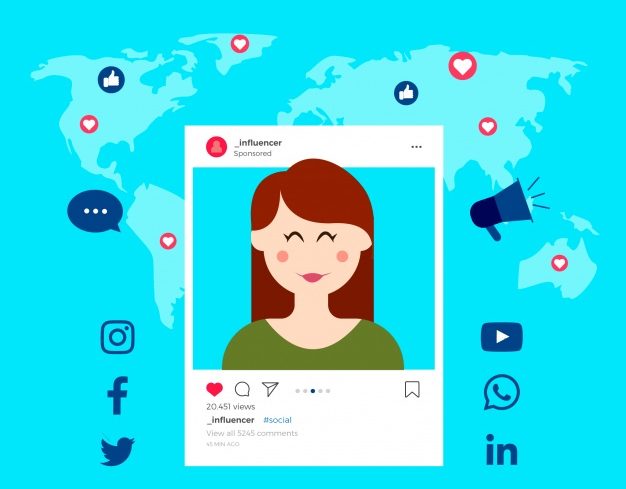The bot industry waxes stronger by the day. Powerful bots are being developed as you read, and now, some businesses already boast the smartest chatbot you can find in the world today.
A chatbot is an artificial intelligence computer program that can simulate conversations with a user on websites, mobile applications or messaging platforms like Facebook Messenger.
Chatbots are the future of digitalisation in marketing; nothing comes close at this point.
Every business regularly seeks to improve and be better than competitors in the market. There is no better way to improve your business in every aspect than having a chatbot.
However, will merely having a bot do it? Of course not, but it is a very good head start. To really improve, you need to integrate the smartest chatbot with the best artificial intelligence.
You may have at one time heard about Artificial Intelligence or AI as it is popularly called.
While those who are familiar with innovative technology would understand what AI means, it is a grey area for most especially people who are recently getting acquainted with the industry.
Artificial intelligence means the ability of a bot or computer program to carry out tasks in a way that would normally require human intelligence or intervention.
The capabilities of AI are endless. Therefore, for any bot to be labelled the smartest chatbot, it must have the best artificial intelligence in the market.
Although there are hundreds of thousands of bots in existence today, it is almost impossible to pick one as the smartest chatbot.
However, any chatbot that will be called the smartest or the best must run with artificial intelligence.
Features the Make a Bot the Smartest Chatbot
You have learned that artificial intelligence makes a bot smart. What then are the features you will find in an AI-powered chatbot to make it the best or the smartest?
Zebrabuzz bots, for example, have all the features of the latest artificial intelligence in the market. Therefore, we will focus more on their features and what they offer.
AI-Powered bots are the smartest amongst the types of bots in the market today. They are the most intelligent of the lot; these chatbots know how to respond like humans. They are arguably the best all-round.
While the other two types of chatbots adhere to set rules and programs, AI-Powered chatbots more or less make theirs.
They are very intelligent, more intelligent than the other types of chatbots but must be planned and guided properly to achieve maximum results.
AI-Powered chatbots like Zebrabuzz know how to respond because they have Natural Language Processing (NLP), Machine Learning (ML), and Semantic Comprehension.
Natural Language Processing is the ability of an AI-Powered chatbot to understand and analyse human speech, then find the correct response and reply most understandably for a human language.
NLP makes conversation with a chatbot feel like two humans talking. For example, take a look at the way you speak with Siri on your Apple devices.
Chatbots using NLP to know how to respond goes through two stages:
NLU – Natural Language Understanding
Natural language understanding is concerned with the ability of a machine (chatbot) to comprehend the language and input of a command that is written in human language.
The bot, because of its intelligence, converts the human language into machine language to properly process it.
NLG – Natural Language Generation
Natural language generation is when the machine, after processing the human language command that was converted to machine language, now converts it back into human language from machine language. In essence, it converts structured data into natural language.
You can compare natural language generation to the process it takes for you to convert an idea in your mind to speech or writing.
You think of something; it is still in your mind, then you process it and put it into words or letters. This is the same way the smartest chatbot executes its operation.
With both NLU and NLG, the best and smartest chatbots in the market further break down a user’s query into two parts, namely:
Intents
Entities

The intent is the query; the main information the user wants.
The entity is the additional information and details that accompany the intent.
For example:
If a user asks an AI-Powered chatbot this question: “What is the time in London now?”
The intent in that question is “time”; the user wants to know the time.
However, because of the intelligence of Zebrabuzz chatbots, they know that it is not just the time anywhere in the world; it is the time in Manchester, and presently (now).
Therefore, the entity here is “London” and “now”.
By using these and a few other mechanisms, these chatbots know how to respond.
There are two other chatbots available. You will find out why none of them can be referred to as the smartest chatbot.
Read: How do you use AI in customer service
Rule-Based Chatbots
Intellectually Independent Chatbots
Rule-Based bots are the simplest kinds of chatbots that are in existence today. They make use of a set of pre-defined commands and rules to respond.
Since they have been programmed to follow a pre-defined set of instructions and commands, it is no surprise that they cannot be referred to as the smartest chatbot.
They can only respond based on what has been programmed into the. They will find it difficult to respond to customer queries that are different from what is in them.
Conversation with a rule-based or decision-tree chatbot is mapped out, like flow charts. It does not sound very smart, does it?
Intellectually independent chatbots and Why They Are Not the Smartest Chatbot
They are more like an advanced form of decision-tree chatbots. However, they are advanced because they adapt to the user’s inputs through machine learning.
Machine learning is the ability of your chatbot to learn from user data as well as recognise human patterns without interference from humans.
These chatbots know how to respond by learning from the keyword inputs of your users and customers.
That is to say that your chatbot begins to learn from the keywords of users by itself and over time, adapt to them and begins to know how to respond to questions that are similar but structured differently.
They will still give a programmed response, but when questions are structured differently or take on new forms from how they were programmed, they will still be able to respond.
As machine learning is the only feature that separates it from a rule-based bot, it cannot be referred to as the smartest chatbot neither can the rule-based.
Chatbots are being developed, and although there are bots that are very intelligent today, more are on the way, including bots that can negotiate like humans.
Therefore, we are yet to unravel the full extent of bots and how smart they can be.







